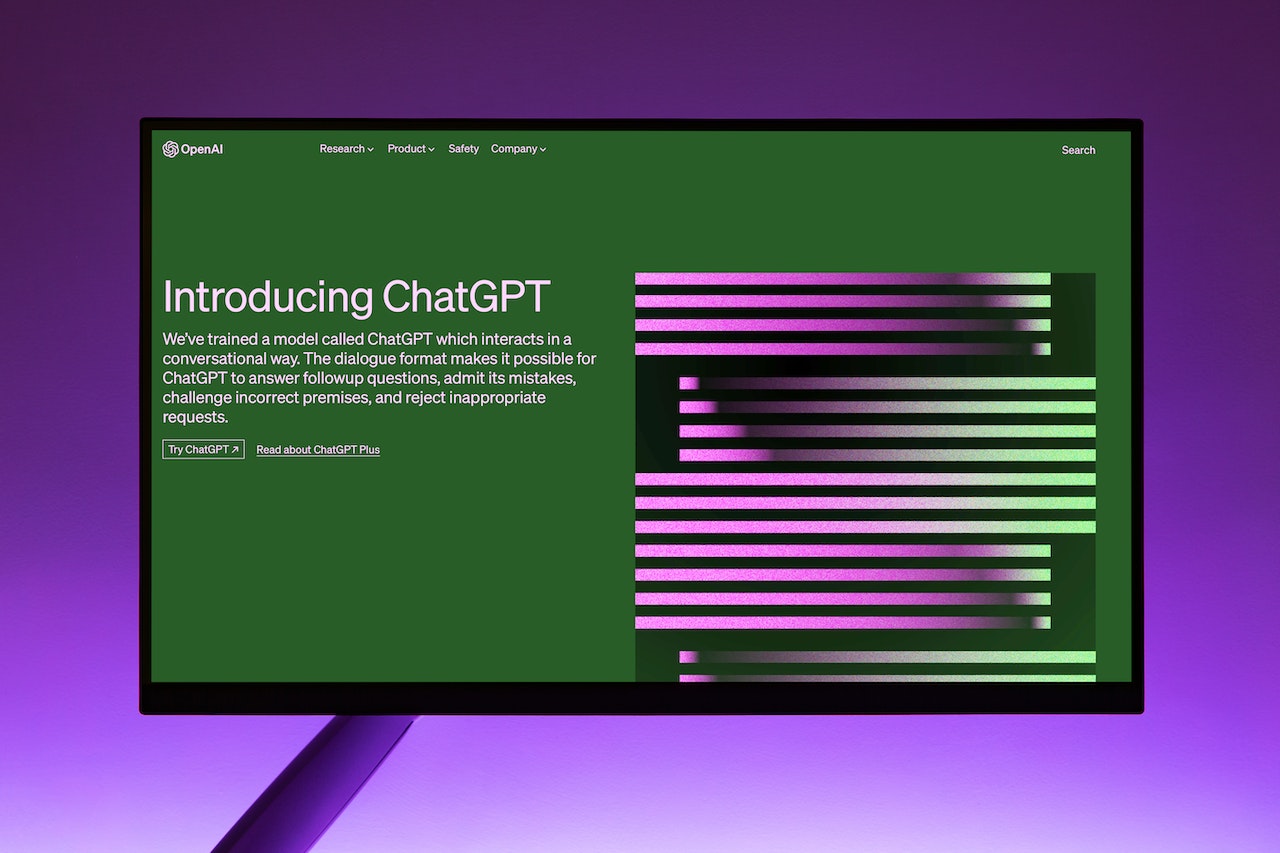There has been a lot of talk about AI over the last few months – mostly because of generative AI platforms like ChatGPT, Github Copilot, Stable Diffusion, and DALL-E – just to name a few. But how exactly are these technologies being used in the data industry?
We’ll answer all of that and more in this multi-part series entitled, “How is AI being used in the data industry?”
Read More »

There are several “flavors” of bankruptcy, commonly known by their chapter number in federal code. A brief overview of the more common ones is as follows:
- Chapter 7 is for both businesses and consumers. It involves liquidation of assets in order to repay creditors. After the assets have been sold, regardless of whether the debt has been fully settled, the debtor receives a discharge which clears them of all existing debts to those creditors.
- Chapter 11 is most commonly filed by businesses. It allows them to reorganize their debt into a structured payment schedule to the creditors. This type of bankruptcy allows the debtor to continue to operate.
- Chapter 13 is the cousin of Chapter 11. It’s usually filed by individuals and allows them to repay their debts to the creditors over a course of several years. This is only available to individuals who have less than a certain amount of debt and who have a steady income to support the repayment plan.
So why does all of this matter?
Read More »
Bankruptcies data, unlike Liens and Judgements, are collected and maintained on a federal level by the United States Bankruptcy Court and is made available through several pubic sources including PACER (https://pacer.uscourts.gov/)
Read More »
Liens and judgments are legal claims made against an individual or business for failure to pay debts owed to creditors. Private companies often collect this information through various methods such as searching public records, conducting interviews, or purchasing data from other sources. The information is then compiled into databases that can be accessed by potential creditors or other interested parties.
Read More »
On February 27th 2023, The Texas Tribune reported that the Texas DPS (Department of Public Safety) accidentally sent more than 3,000 drivers licenses to an organized crime group which was targeting Asian Texas. Read the full article here: https://www.texastribune.org/2023/02/27/texas-drivers-license-theft-dps/
That’s a lot to unpack! How did this happen, how did they discover it, and what could have been done to prevent it?
Read More »
So far in this series of Data Classification articles, we’ve talked about each type of data at a glance and have gone in depth on Consumer Marketing Data. This time we’re going to take a deep dive into Public Data.
Though the name implies that the data is publicly available (and therefore unrestricted), when we say, “public data” we’re talking about data that belongs to the public because it’s paid for by taxes. It’s produced by government entities or government agencies. It can still contain PII (names, DOBs, addresses, phone numbers, etc.) and it can still have legal restrictions in how it can be used.
Read More »
As we discussed previously, there are many classifications of data that are commonly used in this industry. We previously gave a broad overview of all the major types: Public, Consumer, and Regulated. In this article, we’ll be exploring the world of Consumer Data in greater depth.
Read More »
April 24, 2023 – 10:35 am
In our line of work, there are many classifications of data available for consumption. In this article we’ll outline each of the major types at a high level. In the subsequent articles, we’ll dive deep into each of them to talk about the nuances involved with each. We should also make it clear that there are plenty of other classifications of data and many of these will overlap – nothing is black and white in this industry. So let’s get started!
Read More »
Earlier this year, the US Supreme Court made an unexpected ruling in favor of the State of Oklahoma which sets a brand new precedent. Previously, tribal lands and Indian reservations were subject to only their own legal oversight except for in cases of certain violent crimes and sexual offenses. In the 5-4 decision, the US Supreme Court vastly expanded the power that states have over Native American lands.
Read More »
Within the last year, the FCRA (Fair Credit Reporting Act) was revised to include a new section, 15 US Code § 1681c-3, titled “Adverse information in cases of trafficking”
What this section states is that when a victim of human trafficking commits a crime in connection with their trafficking, that crime may no longer be reported on a Consumer Report. What that really means is that if an applicant was at one point trafficked, any crime that they coerced into committing during that trafficking (prostitution, drug use, theft, etc.) may not be reported to a potential employer.
Read More »
So what’s the difference between a CRA and a Background Screener, anyway? Well, at the highest level, a CRA is a Consumer Reporting Agency (sometimes called a Credit Reporting Agency – not to be confused with a credit bureau). They follow very specific guidelines around disclosing certain information and notifying the consumer of any adverse action. The reports they produce are called Consumer Reports and they may be used for housing, employment, and credit decisions.
Read More »















